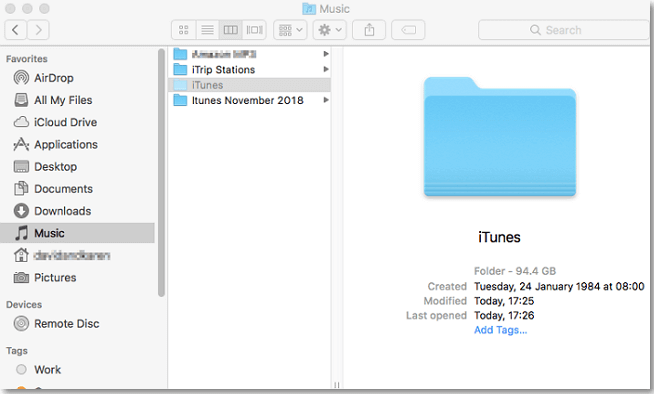

In the Import Data dialog box, click Properties to set query definition, refresh control, and data layout options for the external data that you are importing.

When you have completed step 3 of the wizard, click Finish. In the Choose a File dialog box, locate and click the CSV, HTML, or text file that you want to use as an external data range, and then click Get Data.įollow the steps in the Text Import Wizard, where you can specify how you want to divide the text into columns and other formatting options.

In the Import dialog box, click the option for the type of file that you want to import, and then click Import.
SEARCH ALL FILES FOR TEXT MAC FOR MAC
It saves me the severe mental anguish of having to hunt down a “known-good” bootstrap.ini file each time.Īnyway, I like Notepad++ well enough, and Don Ho seems to be a pretty nice guy, even though I was disappointed to learn that he doesn’t actually lead a double life, coding in Paris during the day and entertaining tourists in Hawaii at night.Excel for Microsoft 365 for Mac Excel 2021 for Mac Excel 2019 for Mac Excel 2016 for Mac Excel for Mac 2011 More. Whenever a new version of LibreOffice comes out, it’s really handy to open its bootstrap.ini file in Notepad++ and have a tab containing a previously revised bootstrap.ini file already loaded and ready to copy from.
SEARCH ALL FILES FOR TEXT MAC INSTALL
I install multiple versions of LibreOffice as “parallel” (~portable) installs but I have to manually edit each version’s bootstrap.ini file to point it to my LibreOffice user profile. Also, by default it restores the previous “session” of open tabs. I like pulling up XML files (which I do sometimes edit, e.g., for FreeFileSync) in Notepad++ because it does a nice job of coloring the tags and different nesting levels, resulting in fewer mistakes for an incipient Mr. I’m not a coder, so I don’t have much call for advanced functions in programs like Notepad++ and, accordingly, don’t go looking for them. Notepad++ returns all hits sorted by file and line afterwards.Īll that is left is to go through the results line by line to find what you are looking for (which I did not by the way, but that is another story). The search time depends largely on your selection, but should not take long. Last but not least, you may use the replace option to replace the text you entered with other text.Ĭlick find all to get started. You may also enable match whole word or match case options, or switch from a normal search mode to an extended search mode or one that uses regular expressions. *.css or *.php, or file names, finance.* are included in the search. There are two additional options beneath the Find locations list: Search sudirectories If checked, UltraFinder will perform a recursive search for text, descending into all subdirectories contained within your find locations.
You can change filters, so that only certain file types, e.g. Note: To search for text on an FTP site, please see the Search and find text in FTP files power tip. Optional parameters may be useful however. If you leave everything as is, Notepad++ will crawl all files of the selected root folder and all subfolders that it contains, and return all hits at the end of the search. Notepad++ searches all subfolders as well by default.Īll other fields are optional.


 0 kommentar(er)
0 kommentar(er)
